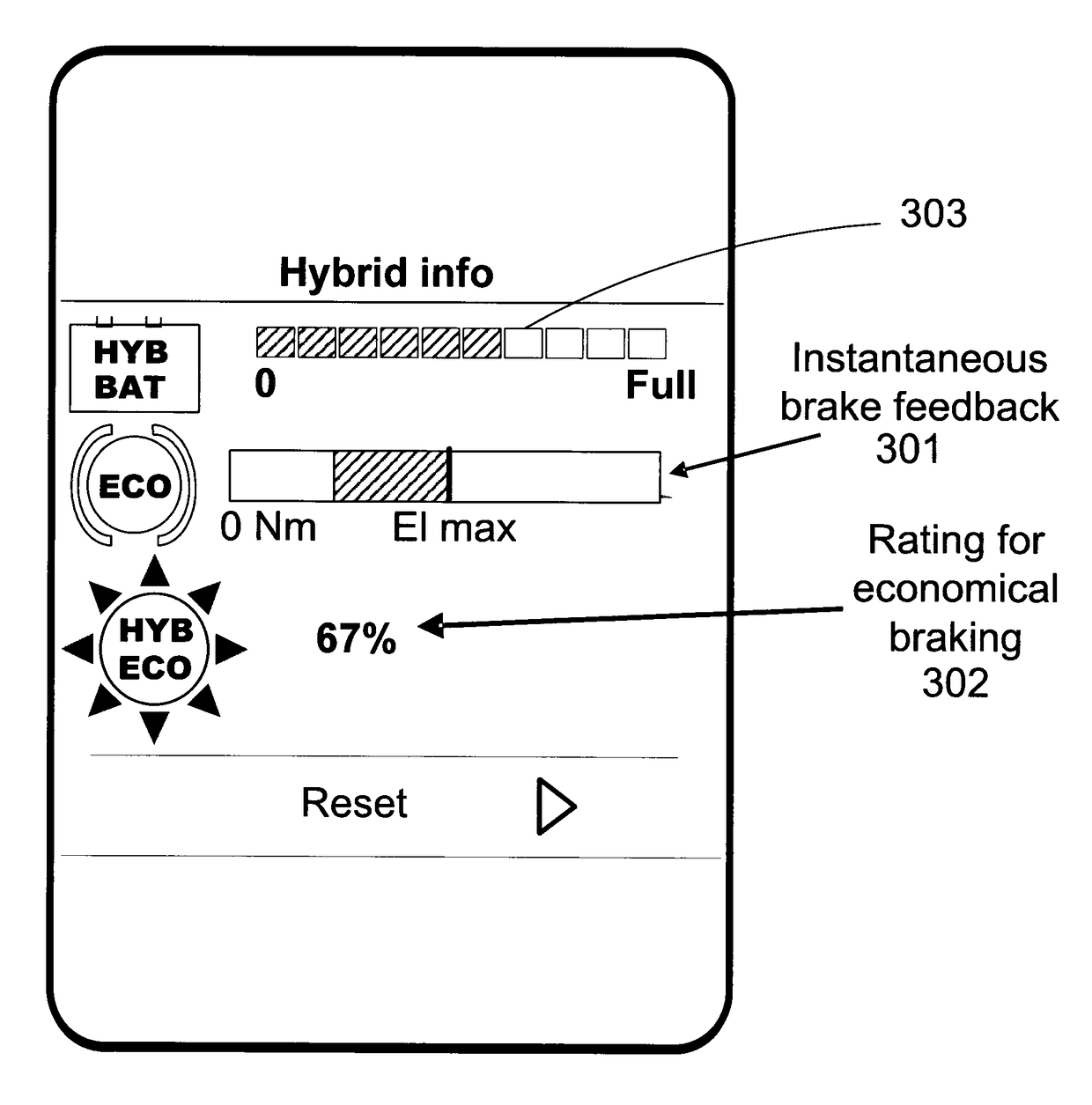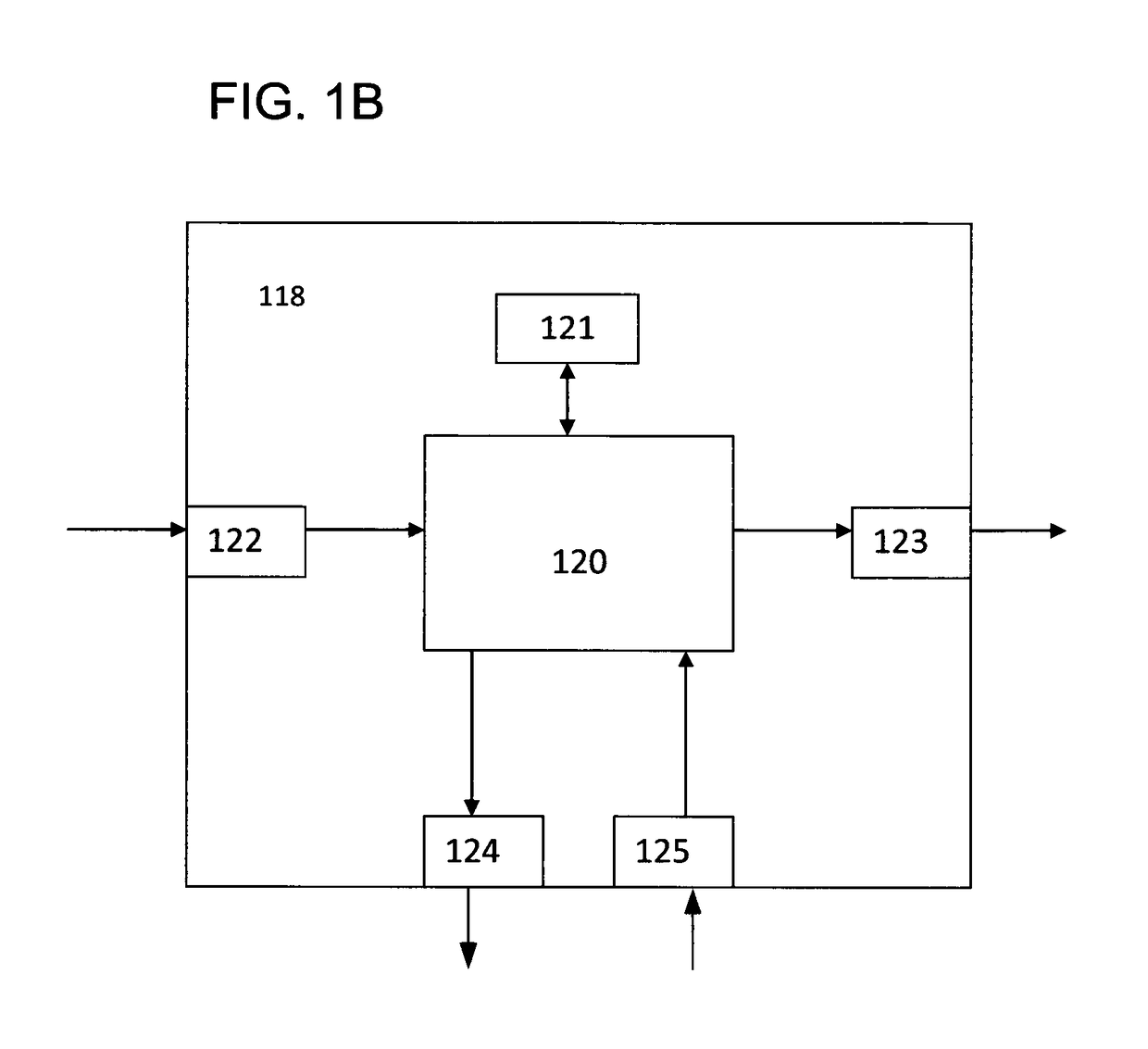Method and device for determining an energy consumption when driving a vehicle
a technology for determining energy consumption and driving a vehicle, which is applied in the direction of control devices, electric/fluid circuits, driver input parameters, etc., can solve the problems of difficult to identify how much fuel consumption and vehicle fuel consumption
- Summary
- Abstract
- Description
- Claims
- Application Information
AI Technical Summary
Benefits of technology
Problems solved by technology
Method used
Image
Examples
Embodiment Construction
[0035]In the present description motive force demand means demand for positive propulsive force in the vehicle's direction of travel. Interruption of motive force demand therefore means that demand for positive propulsive force in the vehicle's direction of travel ceases.
[0036]The present invention will now be exemplified in relation to a hybrid vehicle, but is also equally applicable on other vehicles, e.g. electric vehicles, and on conventional vehicles powered by combustion engines alone.
[0037]FIG. 1A schematically depicts a general layout of a power train in a hybrid vehicle 100 according to an embodiment of the present invention. There are various types of hybrid vehicles and the vehicle here depicted takes the form of a parallel hybrid vehicle.
[0038]The vehicle 100 schematically depicted in FIG. 1A has only one axle with tractive wheels 113, 114, although the invention is also applicable on vehicles which have more than one axle provided with tractive wheels, and on vehicles w...
PUM
 Login to View More
Login to View More Abstract
Description
Claims
Application Information
 Login to View More
Login to View More - R&D
- Intellectual Property
- Life Sciences
- Materials
- Tech Scout
- Unparalleled Data Quality
- Higher Quality Content
- 60% Fewer Hallucinations
Browse by: Latest US Patents, China's latest patents, Technical Efficacy Thesaurus, Application Domain, Technology Topic, Popular Technical Reports.
© 2025 PatSnap. All rights reserved.Legal|Privacy policy|Modern Slavery Act Transparency Statement|Sitemap|About US| Contact US: help@patsnap.com



